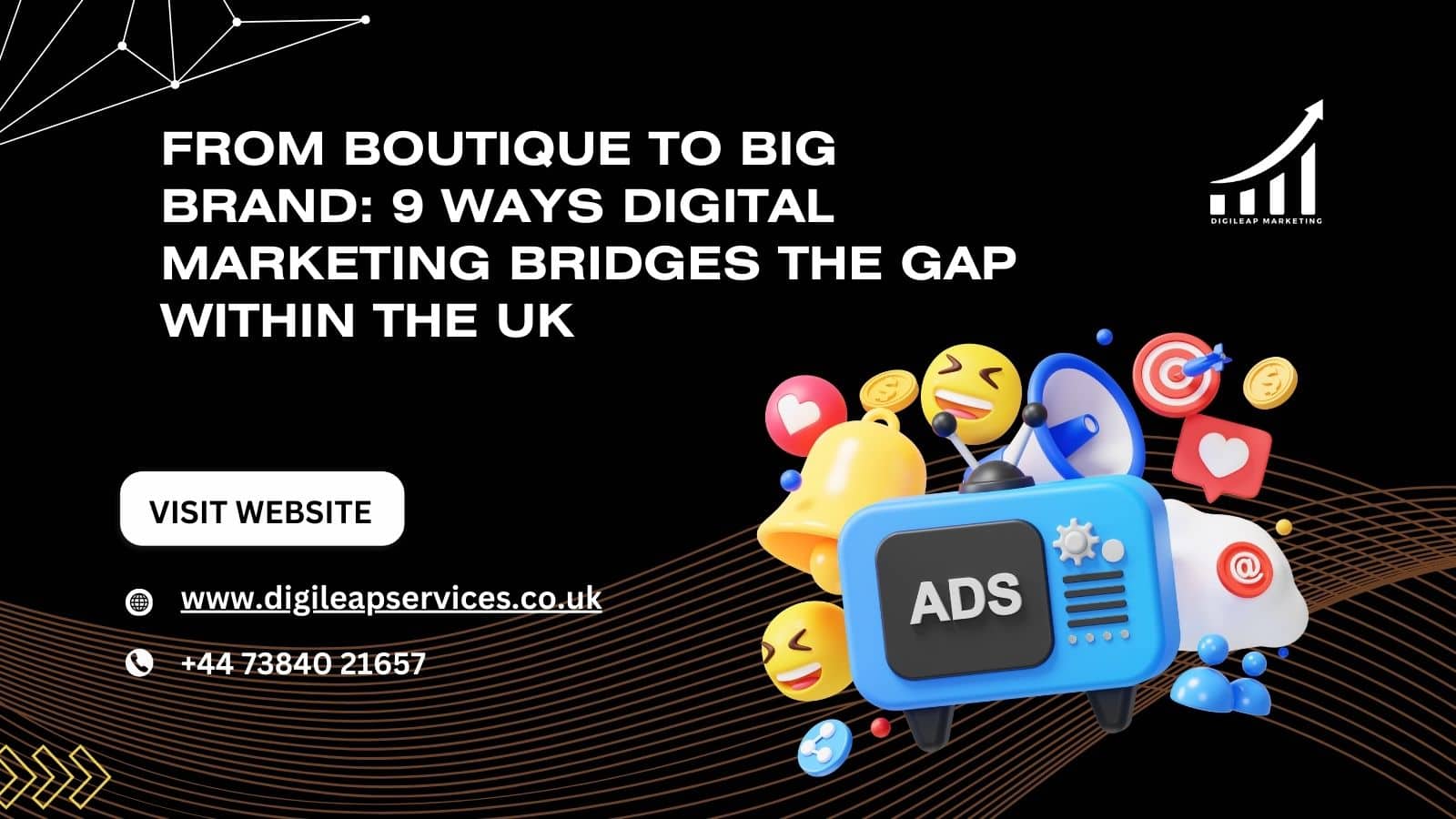Social Media for EdTech Startups: What Works Best in the UK
Introduction: Why Social Media Isn’t Optional for EdTech Startups
Let’s be honest—if you’re running an EdTech startup in the UK and ignoring social media, you’re already behind. With the UK’s digital education market projected to hit £3.4 billion by 2027 (Statista), staying visible online is critical. But here’s the kicker: not all social media strategies work equally well. What works for e-commerce might fall flat for education.
Whether you’re building an AI-powered tutoring platform or founding a micro-learning app, you would like to get it what social media platforms work, how to utilize them smartly, and what content really resonates with your audience.
So, what’s the secret sauce? This blog breaks down the best social media tactics that work for EdTech startups in the UK—backed by stats, real strategies, and a few pro tips. And yes, bold keywords, focus terms, and rare insights are included.
1. Choosing the Right Platforms: Where EdTech Thrives
Let’s not pretend every social channel is a goldmine. You need platforms that fit your audience—students, teachers, parents, and professionals. Here’s how to pick smart:
📘 LinkedIn: The B2B Powerhouse
In case you’re focusing on educators, teaching, or B2B partners, LinkedIn promoting for EdTech new businesses is basic.
- Share thoughts on articles on guidance and student success stories.
- Run educational webinars or live Q&As with founders or instructors.
- Use paid campaigns to reach decision-makers in schools and universities.
📊 Stat alert: 65% of UK professionals say they use LinkedIn for industry insights (Statista)—and that includes educators.
📸 Instagram: Visual Learning Meets Gen Z
For student engagement, posting videos on Instagram is your best friend.
- Use Reels to showcase quick tips, platform features, or user testimonials.
- Carousel posts with study hacks or exam tips perform well.
- Collaborate with micro-influencers in the education space.
🤳 Pro Tip: EdTech startups that post daily on Instagram see an average 22% higher engagement rate than those who post weekly.
🧠 YouTube: The Ultimate Learning Channel
YouTube isn’t just for cat videos. It’s a learning hub, especially in the UK.
- Share short explainer videos or animated walkthroughs of your app.
- Post tutorials, coding lessons, or mock test series.
- Optimize titles and use educational keywords for SEO.
🧩 Real fact: 93% of UK internet users aged 16–24 use YouTube weekly, and 59% of students say they learn best through video (Statista).
2. Content That Clicks: Creating EdTech Magic on Social
Now that you’ve picked your platforms, the next step is content. Not just any content—strategic, value-driven, and tailored to your UK audience.
🎯 Micro-Learning Snippets Are Gold
People scroll fast. Hook them faster.
- Create bite-sized videos (30-60 seconds) explaining one concept.
- Use quick quizzes or flashcards in your Stories or Posts.
- Offer “Did you know?” facts to trigger curiosity.
🎬 Example: “Did you know students who revise in 20-minute sprints retain 60% more info?” Use this as a hook in your content.
📊 Infographics = Shareable Knowledge
Infographics are a goldmine for visual learners and perfect for sharing complex info fast.
- Break down curricula, tips for exams, or platform stats.
- Use bright colors, icons, and readable fonts.
- Make them shareable —“Tag a friend who needs this!”
🖼️ Stat: Visual content is 40x more likely to be shared on social media (source).
🎤 UGC and Testimonials Win Trust
Let your users do the talking.
- Share video testimonials from students, teachers, and parents.
- Run a “How I Use [Your Product]” series.
- Feature classroom success stories and transformations.
💡 Note: User-generated content (UGC) boosts brand trust by over 70% compared to branded content.
By the way, this is exactly where Digileap helps UK EdTech brands design smart social campaigns without the fluff.
3. Strategies That Stick (and Don’t Feel Robotic)
One thing we should make clear is that simply showing up on social media is not necessarily done appropriately. Should your postings receive crickets, then you must reevaluate your behavior.. These strategies are what work for EdTech brands in the UK that want attention and conversions.
📅 Don’t Just Post—Post with Intention
- Posting daily without a clue? That’s just noise.
- Aim for 3 to 5 posts a week, spaced out—don’t send unsolicited mail.
- Tuesdays and Thursdays (mornings and early evenings) generally tend to attract the maximum eyeballs within the UK.
- Use scheduling tools like Buffer or Later to live steadily without losing your thoughts.
Let’s be real: random posting feels like shouting into the void. Show up with purpose.
🗣️ Stop Broadcasting. Start Talking.
This one’s big. Social media isn’t a one-way street.
- Ask questions. “What’s your biggest study struggle?”
- Reply to every single comment (yes, even the silly ones).
- Use polls, quizzes, and casual Stories to spark chats.
People engage with people, not logos. Be human. Be curious. Be responsive.
🎯 Retargeting: The Quiet Secret to More Conversions
You’ve probably heard of ads, but retargeting? Game changer.
- Retargeting advertisements should be launched who have previously visited your website or clicked on your content.
- Give them something tasty: a free trial, a masterclass invitation, or a short quiz.
- Don’t overlook trying out many different headlines or visuals. Once effective, what might fall next time?
Stats don’t lie: people are 70% more likely to convert when they’ve seen your brand before.
4.📈 Check Your Analytics (Yes, Every Week)
Here’s the thing: if you don’t know what’s working, you’re flying dazzle.
- Utilize your platform’s analysis to track what’s landing and what’s tumbling.
- Got a post that blew up? Great—repurpose it into a Reel, a Story, or even a blog.
- Ask your audience directly: “What do you want more of?” You’ll be surprised how many answer.
Brands that check their social analytics weekly grow way faster than those who wing it. Seriously—23% faster, according to Statista.
Wrapping It Up: You’ve Got What It Takes
To conclude, social media for EdTech within the UK doesn’t have to be a secret. In case you get clear on your platform strategy, come up with authentic, helpful content, and keep learning from what’s working (and what’s not), you’ll begin seeing real traction.
And if you’d rather focus on building your product while someone else handles the strategy? That’s where Digileap steps in—helping startups like yours cut through the noise and connect with the people who matter.
👉 See how we’ve helped other EdTech brands grow right here.
TL;DR
- Choose smart platforms: LinkedIn for B2B, Instagram for students, and YouTube for tutorials.
- Create valuable content: Use micro-learning, infographics, and student stories.
- Engage with purpose: Post consistently, chat with followers, and use retargeted ads.
- Track your wins: Dive into your analytics weekly and listen to your audience.
📢 Social media done right isn’t about going viral. It’s about showing up with purpose, week after week.







